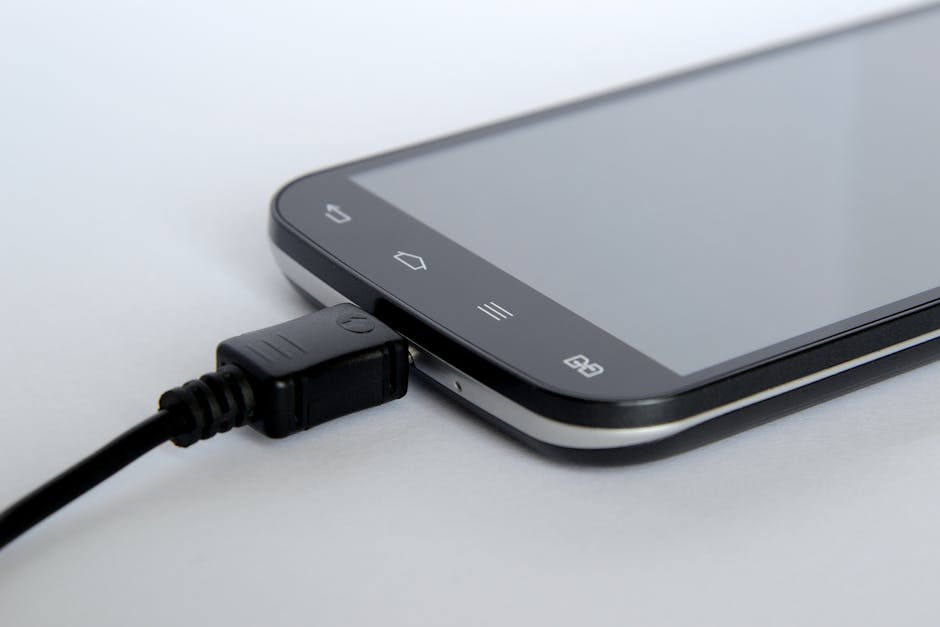How to Care for Your Laptop Battery

Charging a device.
It is not enough to know how to extend your laptop battery life. You also have to know how to care for your laptop battery. You have to know what is harmful, and what is not. Back then, laptop batteries are nickel-metal hydride (NiMH). Most laptop batteries now are lithium-ion (Li-Ion), and these lithium-ion batteries last about 4-5 years at most. Refer to the guide below on how to treat your batteries well:
- Remove the battery when A/C is plugged in. In normal circumstances, inserting the battery in your laptop is fine because as soon as it hits 100%, your battery will stop receiving charges. If it is suffering from excessive heating, it is best to remove your laptop battery. This may be happening because you are opening too many applications simultaneously, playing heavy games, or anything that tires your hard disks. The heat is your battery’s number one enemy especially if the battery is lithium-ion.
- If the battery has been inactive for a long time, make sure it has around 40-50 % charge left. You will still need to check it from time to time. If it is not recharged, a depleted battery will stay dead forever. Yes, it can die by simply staying dormant.
- In storing batteries, keep them in a dry cool place. You can store them in a fridge, but make sure that the battery is isolated from other harmful elements.
- Avoid extreme temperatures. Your battery might have stayed cool, but you left your laptop in the car afterwards. Do not leave your laptop in any place where it can get very hot. Like what I said above, batteries hate heat and exposing it to too much heat is one way to kill the battery faster.
- A common misconception about this is that you need to fully discharge a lithium-ion battery. No, you do not need to do that. Waiting for your laptop to shutdown, or reach 0% should be avoided at all costs because this wears the battery. Always use your laptop battery without bottoming it out and avoid letting it discharge below 20%, or whenever your system warns you about the batteries.
- Moreover, you do not need to reach 100% when recharging the batteries. The ideal maximum charge limit is around 80-85%. Not charging the battery to 100% will help by lessening the battery degradation with time. The good thing for older laptops is you can replace the battery. For newer models like the Chromebooks, Ultrabooks, and MacBooks, the batteries are built-in. Warranties may be null and void if you decide to open the laptop yourself, and replace the battery.
Remember that not all laptops are the same, and they serve different purposes. Thus, these batteries are not made of the same specifications. The recommended practice is to perform partial discharges and frequent charges. Just rinse and repeat the last two tips. (This works for tablets with lithium-ion batteries too.) If you decide to buy a spare battery, make it sure that it has as much capacity as your original battery. Check the mAh rating of the batteries.


